In part 1 of this series, we covered the impurities present in source water. In this post, we talk about the different types of water used in pharmaceutical manufacturing.
Source water is the starting point in the manufacturing as well as processing and formulation of pharmaceutical products, etc.
The United States Pharmacopeia (USP) and Pharmacopeia Europe publish monographs containing grades of water necessary to carry out different processes and include specifications for both bulk and dosage form types of water. They also provide guidelines about the acceptable methods of preparation for the different grades of water used for specific applications such as the production of Active Pharmaceutical Ingredients (APIs) and different dosage forms. The grades of water quality vary as per the route of administration of the pharmaceutical product.
The source feed water used for the production of Waters for Pharmaceutical Processes (WPU) is drinking or potable water. Potable water is standard treated water that meets specifications provided by NPDWR or the drinking water regulations of the EU or Japan, or the WHO Guidelines for Drinking-Water Quality.
Pharmaceutical water systems are broadly classified into following two categories:
Bulk Water
Large volumes of bulk water produced on-site of its use. Bulk waters are the different types of water for which there are no monographs. Therefore, it is not mandatory for them to strictly adhere to the methods of production provided by the monographs.
1. Purified Water
Purified water is produced by treating potable water as source feed water with treatments such as deionization, distillation, ion exchange, reverse osmosis, filtration, or other suitable purification procedures. Purified water is free of ionic, organic chemical as well as microbial impurities. It is primarily used as an excipient in non-parenteral preparations, sanitization and non-parenteral product-contact components. It also serves as the analytical tool for specified tests and assays.
The working systems producing Purified Waters in bulk are vulnerable to the tenacious microbial biofilms. Biofilms degrade the quality of water because it is a source of different types of polysaccharides, proteins, endotoxins released by viable bacteria.
Wherever the term “water” is used in this post without other descriptive adjectives or clauses, it implies Purified Water.
2. Highly Purified Water
Only Pharmacopeia Europe provides the unique specifications required for this type of water. It is produced by using potable water as source feed water. Highly Purified Water and Water for Injections share the same limit for endotoxins. However, they differ in their water treatment process. HPW is prepared by a combination of different methods, such as double pass reverse osmosis coupled with ultrafiltration. In exceptional cases, other qualified industrial water treatment process is also used to produce HPW.
3. Water for Injection (WFI)
WFI is used as the excipient in the production of parenteral as well as other preparations. It is also used in cleaning certain types of equipment and parenteral product-contact components. Negligible endotoxin content is critical for WFI, and systems purifying, storing and distributing WFI must prevent microbial contamination as well as removing endotoxins. Therefore, WFI is primarily produced through the process of distillation. The distillation ensures the chemical as well as additional bacterial endotoxin limits as specified in U.S. EPA, EU, Japan, or the WHO monographs.
4. Water for Hemodialysis
Water for Hemodialysis is used for the dilution of haemodialysis concentrate solutions. It is produced on site from EPA potable water by reducing chemical and microbiological contamination. It is packaged and stored in unreactive containers that prevent microbial contamination. Unreactive containers are made from the material that does not alter or undergo corrosion by contact with water.
5. Pure Steam or Clean Steam
Steam directly contacts the article surfaces used during various operations. Therefore, it is primarily used for sterilization of types of equipment or to remove co-deposited impurities.
Packaged Water
Purified water is produced and then packaged to prevent microbial contamination throughout its packaged self-life. Packaged water can be further categorized according to applications, packaging shelflife and additional quality specifications.
1. Sterile Purified Water
Sterilized purified water packaged to prevent the microbial contamination and used for the preparations of non-parenteral compendial dosage forms. Furthermore, they are used for analytical purposes such as validating Pharma Water System.
2. Sterile Water for Injection (SWFI)
Sterile packaged water for injection is called Sterile Water for Injection. The applications of SWFI include extemporaneous prescription compounding and as a sterile diluent for parenteral products.
In a case where a small quantity of water is required and access to a validated water system is not possible, packaged SWFI is used. SWFI is packaged in single-dose containers not larger than 1 L.
3. Bacteriostatic Water for Injection
The bacteriostatic agents retard bacterial growth by ceasing cell division. Therefore, Bacteriostatic Water for Injection is water for injection with antimicrobial preservatives. It is also sterile water. It is used as a diluent in parenteral preparation. It may be packaged in a single dose or multiple-dose containers not larger than 30 ml.
4. Sterile Water for Irrigation
According to USP, Sterile Water for Irrigation is non-pyrogenic water for injection that permits the rapid delivery of the content and has applications such as sterile irrigation. It has other applications such as washing, rinsing and dilution.
It used only as a single-dose or short procedure irrigation. When smaller volumes are required the unused portion should be discarded.
5. Sterile Water for Inhalation
It is prepared from WFI. Sterile Water for Inhalation is packaged and rendered sterile. The application of this type includes inhalators and the preparations of inhalation solutions. It is not suitable for parenteral use as it has less stringent specifications for bacterial endotoxins than WFI.
In the third installment of this series, we will cover the workings of a high purity water treatment system.





